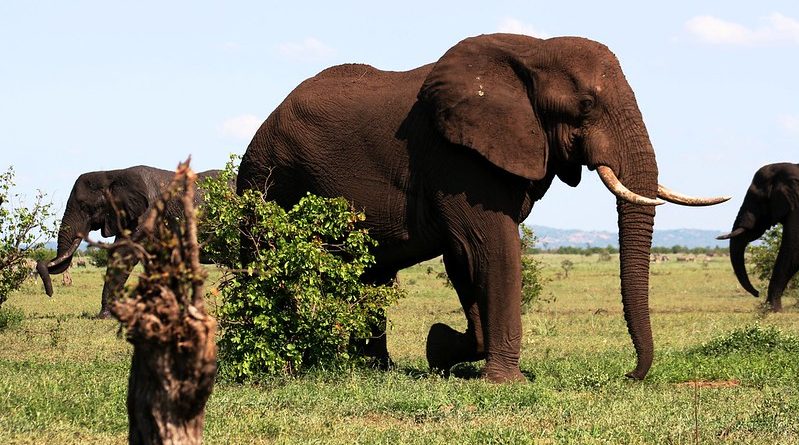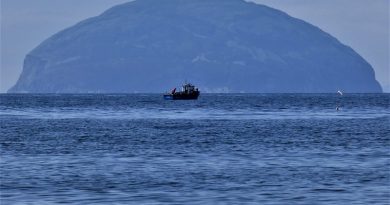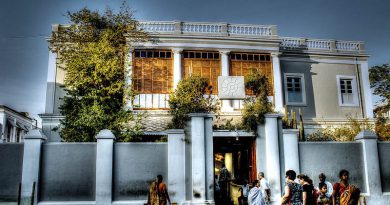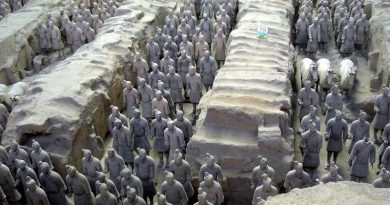Kruger National Park: Everything You Need To Know
Nature Facts
Where: Kruger Park, South Africa bordering Mozambique
Animals: Plethora of elephants, hippos, crocodiles, zebra, monkeys, lion
Other things to do: Take a guided wilderness trail to discover rock art or predators
Kruger National Park is one of the most famous wildlife reserves in the world. Globally, it is the biggest and oldest and attracts almost a million visitors a year. Originally called the Sabie Reserve, Kruger was established by president Paul Kruger of ZAR (the first Republic of South Africa) in 1898. The park has been expanded from its original size and is now the size of Wales.
Beasts to Behold
Park Authorities of Kruger claim it has the largest variety of wildlife of all the parks in Africa. Naturally it boasts the ‘Big Five’ (Lion, Leopard, Elephant, Rhino and Buffalo) as well as a plethora of antelope species, zebra, giraffe, cheetah, hippo, monkeys, crocodiles and lots of small mammal, bird and reptile species. Although it is not as ‘wild’ as many of the East African camps, Kruger is still one of the most beautiful and fascinating places you will ever visit. The animals are used to the presence of cars – meaning you can get extremely close to them.
Visiting Kruger Park
This is not the sort of place you can simply visit quickly due to the size and variety of the park. It is recommended to spend at least one night in the park itself, but if you could stretch to four or five it is a far better way to really explore the park. The park has recently expanded; the border of Kruger previously marked the border with Mozambique and stretched south for 200 miles. However, now the private parkland has been extended into Mozambique so you can now stay on private reserves both on the Mozambique side and on the western boundaries. As the Mozambique side only opened up in 2002, expect to see a huge expansion in game parks and holiday options in coming years.
The park has several rivers running through it, such as the Limpopo, Olifants and Crocodile. It also has several entrance gates so there is an option to approach from other areas than simply Johannesburg. Within the park itself the road network measures in at about 1300 miles. There is a main road that runs the entire spine of the park. It is recommended that you explore some of the gravel roads away from the main roads to avoid crowds.
Things to See and Do
Kruger National Park has a number of original features. Unlike other areas of parkland in Africa, the excess of elephants in the park is a serious issue, which means that elephants have to culled every year. This naturally causes environmental and moral issues.
Another more positive and original area of what the park has to offer are the ‘wilderness trails‘. These trails mean that you can actually walk through Kruger with an expert guide who is also armed in case of any complications. There are several trails to choose from and you don’t have to be super fit to enjoy them. These walks usually last 2 nights and 3 days and cost around $12 per person. However they are popular so book well in advance with the park’s board. On theBushman Trail you are taken to see ancient rock art and on the popular Olifants Trail you are near the river and get a chance to observe hippos and crocodile.
Practical Information
Entrance to the park costs around $4 ($2 for children). On top of this expect to pay $5 for a car; also note that any open vehicles such as motorbikes are not permitted within the park. The number of visitors allowed within the park is also restricted so if it is the school holidays you may want to arrive early if you do not have a reservation.
Accommodation for within Kruger can be booked through the National Parks Board on 012 – 343 1991 or through email at reservations@parks-sa.co.za. If you are staying at a private reserve on the edge of Kruger then contact these separately.
Gates open from 4:30am in the peak season of December/January and 6:30am in the low season. The gates shut at the same time as the camps depending on the time of year and it is also an offence to arrive late at the camps where you will be fined, as it is a deterrent for safety reasons.
More Information
African Wildlife to the World
This has excellent images of wildlife from all over the region so you can bring a taste of Africa into your home. Good wildlife encyclopaedia to learn all the species.
Safari Guide
A site that provides a comprehensive guide to safaris on the market, meaning you can choose the safari that is best for you. It takes into account the kind of holiday you want whether it is honeymoon, adventure or birdwatching.
Siyabona Africa
A guide to everything you need to know about South Africa’s largest wildlife reserve. An essential read for anyone planning to visit.
By Electra Gilles
All images courtesy of Kruger National Park




